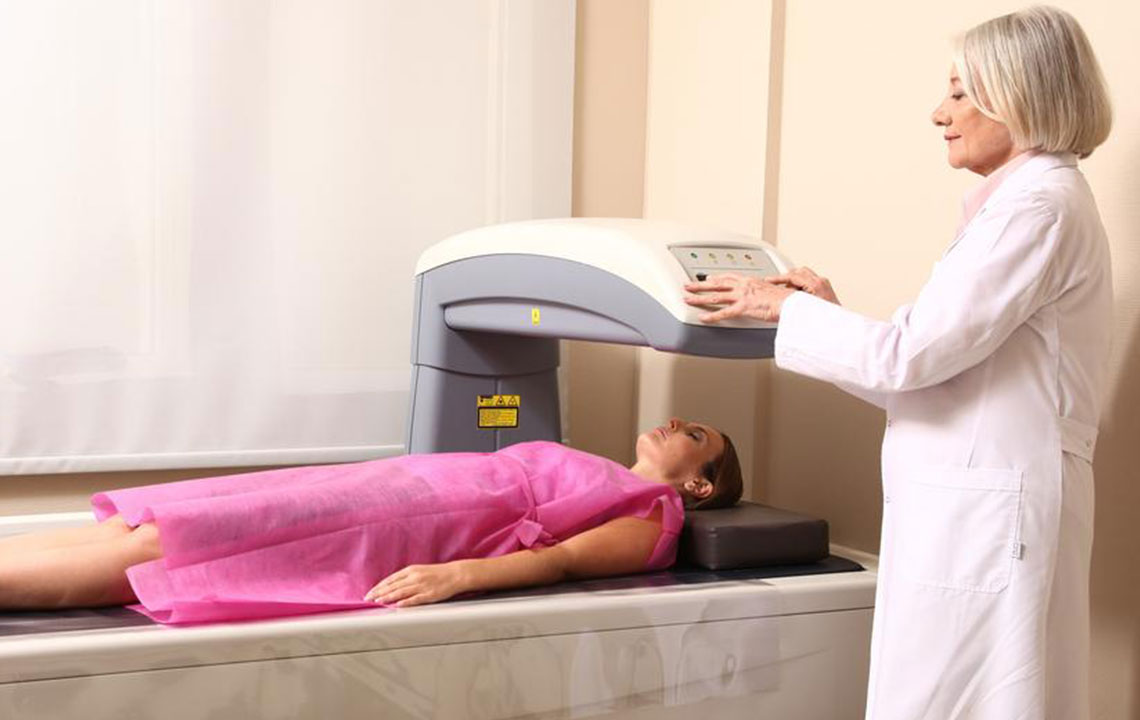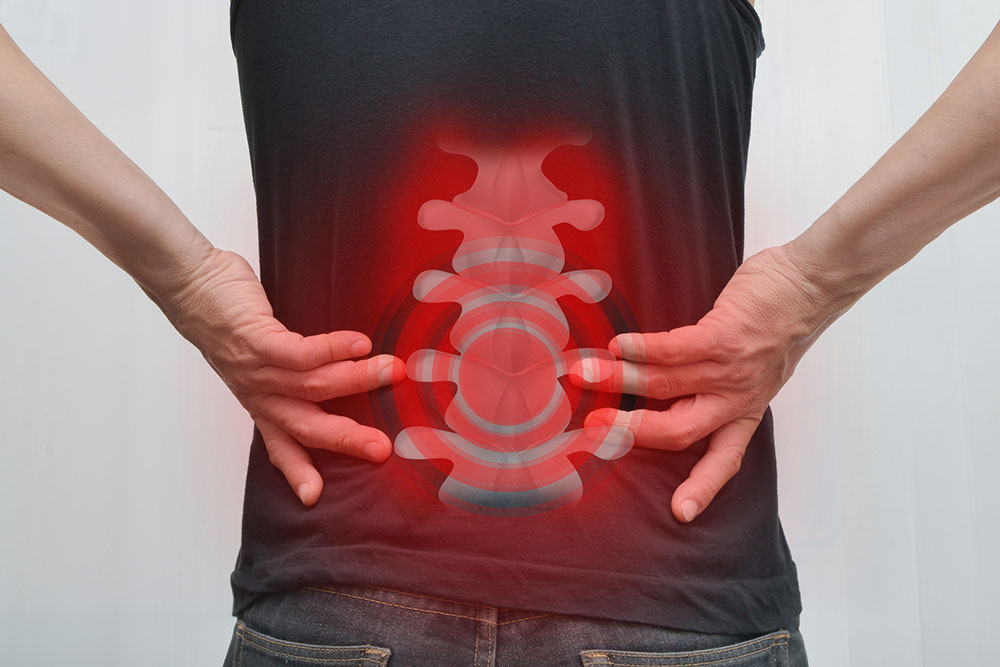Comprehensive Guide to Bone Density Testing: Why It Matters for Your Bone Health
This comprehensive guide explains the importance of bone density testing for early detection of osteoporosis and osteopenia. Learn about risk factors, symptoms, the testing procedure, and how it can help prevent fractures and maintain strong bones through proactive health management. Perfect for those at higher risk or interested in preventive care, this article emphasizes the vital role of regular screening and modern diagnostic techniques in ensuring lifelong bone health.

Comprehensive Guide to Bone Density Testing: Why It Matters for Your Bone Health
Bone health is an essential aspect of overall wellness, especially as we age. Among the key measures to assess bone strength and the potential risk of fractures is bone density testing, a critical diagnostic tool in detecting conditions like osteoporosis and osteopenia. Osteoporosis, a disease that results in porous and fragile bones, significantly increases the risk of fractures—particularly in the spine, hips, and wrists. While it predominantly affects women, particularly postmenopausal women, men are also susceptible to developing osteoporosis, making bone density testing vital for both genders.
In the United States, statistics reveal that approximately 10 million people suffer from osteoporosis—about 8 million women and 2 million men. Beyond those diagnosed, an additional 34 million individuals are at elevated risk because of decreased bone mass, a precursor condition known as osteopenia. Recognizing these facts underscores the importance of early detection and continuous monitoring to prevent fractures and maintain mobility and independence as one ages.
Bone density scans, also known as DXA or DEXA tests, are swift, non-invasive procedures that enable healthcare professionals to evaluate bone mineral density (BMD). These tests are instrumental in diagnosing osteoporosis, assessing fracture risk, and monitoring the effectiveness of treatment plans. Due to their safety and efficiency, bone density scans have become a routine part of preventive healthcare, especially for individuals at higher risk of developing bone health issues.
Understanding the indicators for osteoporosis is vital for early intervention. Notable signs include:
Height Reduction: A loss of more than 1.6 inches in height may indicate vertebral fractures caused by weakening bones.
Bone Fractures: Fractures occurring with minor trauma—such as a fall or bump—can point to fragile bones.
Medications: Long-term use of medications like corticosteroids can hinder bone formation, elevating osteoporosis risk.
Organ Transplants: Transplant procedures, which often involve immunosuppressive drugs, can interfere with normal bone remodeling processes.
Hormonal Changes: Postmenopausal women experience a natural decline in estrogen, a hormone vital for maintaining bone density. Similarly, hormone-suppressing treatments for cancers, such as prostate or breast cancer, can diminish hormone levels, thereby weakening bones in both men and women.
The procedure for bone density testing involves a relatively low-dose X-ray scan that measures the mineral content in bones, primarily targeting the hip and spine regions. When the hip isn't accessible—perhaps due to recent surgeries or other factors—scans of the forearm are utilized, especially in younger patients or those with specific medical conditions like hyperthyroidism. Typically, the test lasts about 15 minutes. Patients lie flat on a specialized table, during which the scanner captures detailed 3D images of the targeted bones. These images allow clinicians to evaluate bone density levels, identify early signs of osteoporosis, assess the impacts of aging, and detect other bone-related health issues.
Bone density testing is an essential medical tool for proactive health management, especially for individuals at risk of osteoporosis. It provides critical information that can lead to early interventions, lifestyle modifications, or treatment plans to strengthen bones and prevent fractures. Regular screening becomes especially important for women over 65, men over 70, postmenopausal women, people with a family history of osteoporosis, and individuals using medications or undergoing treatments that may affect bone health.
In addition to medical treatments and lifestyle changes—such as adequate intake of calcium and vitamin D, weight-bearing exercises, and avoiding smoking and excessive alcohol—regular bone density assessments help monitor progress and adapt strategies for maintaining optimal bone health. As research evolves, new therapies and technologies continue to enhance our ability to diagnose and treat osteoporosis effectively, making bone health management more precise and personalized than ever before.





